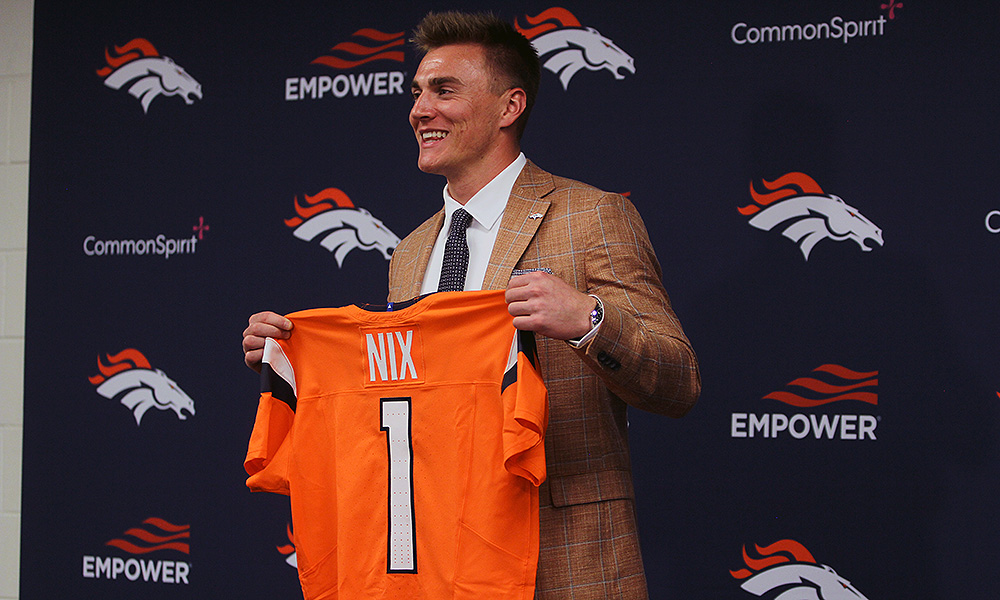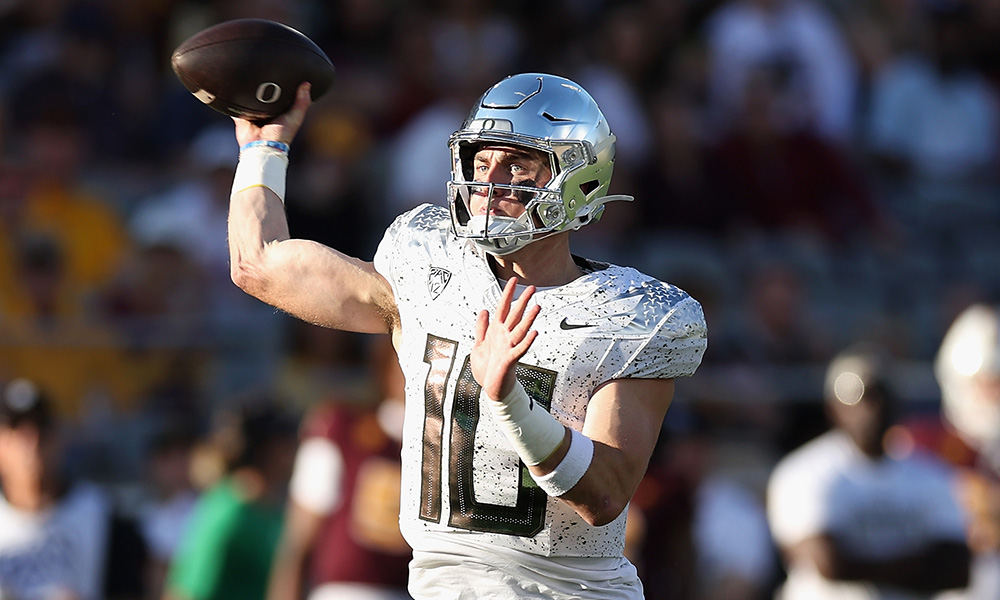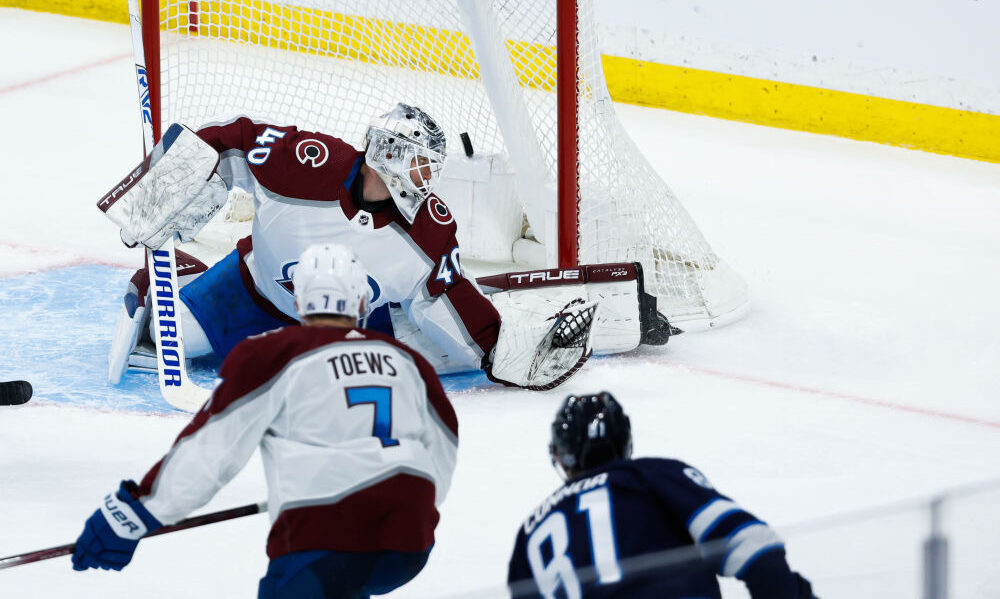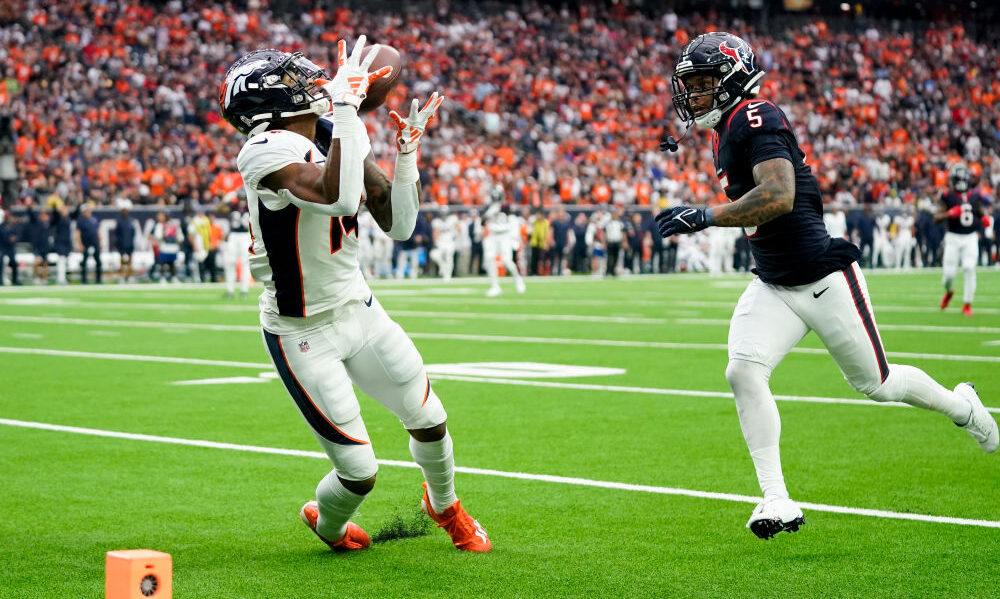A Denver XFL or USFL team makes sense — and there’s one name who could make it soar: Tim Tebow
Feb 20, 2023, 11:26 AM | Updated: 11:49 am
Spring football used to be a thing in Denver.
It could still be a thing.
And the time for it to return could be now, with THREE spring leagues playing or ramping up.
As Version 3.0 of the XFL went about its opening paces this weekend, it did so in the shadow of looming competition for the limited spring-football dollar. A former Broncos head coach earned a victory in Houston. Sean Payton’s old defensive coordinator, Gregg Williams called defensive snaps in Washington, D.C. One of the Broncos’ all-time busts, Paxton Lynch, got benched. Two ex-Broncos — wide receivers Cody Latimer and Fred Brown — caught touchdown passes.
From a Denver perspective, it was the ex-FL.
But for a league like this, the numbers that matter aren’t on the stat sheet or the scoreboard. They’re in the grandstands.
And for most of the years that Denver had some form of spring or summer football, that’s actually where the Mile High City’s teams did best.
Poll time:
If Denver got an XFL team, would you watch games on TV and/or go to a game in person?
— Andrew Mason (@MaseDenver) February 19, 2023
Generations have passed, of course. Denver hasn’t had a spring-football team in nation-spanning league since the Colorado Crush of the Arena Football League folded after the 2008 season. That club is best known now for being John Elway’s first foray into football management.
But Denver’s history with spring football shows that it is a football town. And with the XFL starting, the USFL preparing for a second season and the Arena Football League planning a relaunch in 2024, at some point Denver could be back on the radar.
And there’s a sure-fire plan to get attention and butts in the seats right away.
But first …
***
A HISTORY LESSON
Forty years ago this month, Version 1.0 of the USFL prepared for its opening season. One of its 12 teams was in Denver — the Gold. Its Broncos connections were strong: eventual Ring of Famer Red Miller was the Gold’s head coach. But Miller and owner Ron Blanding clashed over unkept promises from ownership about resources to pursue better players. A low-talent roster was 4-7 when Blanding fired Miller in the franchise’s first season; Miller never coached again.
Despite all this, fans flocked to Mile High Stadium. The Gold led the USFL in season-ticket sales and attendance in its first season. It was the only USFL club to average at least 40,000 fans per home game. Attendance dipped in 1984, but it was still healthy — over 33,000 fans a game, good for fifth among 18 teams. Attendance plummeted to just over 14,000 fans per game in 1985 — the USFL’s final season — despite the Gold finally breaking .500 and making the playoffs.
Two years later, the Arena Football League launched in four cities. Denver was among them. In its first season, the Denver Dynamite won the ArenaBowl — the league’s championship — and finished second with an average of 12,098 fans per game. But the club took a one-year hiatus in 1988. By the time it returned in 1989, its momentum had evaporated. The Dynamite folded after the 1991 season awash in a sea of unpaid bills.
Arena football returned in 2003 with the Crush, owned in one-third chunks by Elway, Pat Bowlen and Stan Kroenke. In its first season, it led the circuit in average home-game attendance despite a 2-14 finish. It ranked fourth, seventh, fourth and fifth in the Arena League in attendance the following four seasons before a final-season tumble in 2008.
So, there is a red flag: Interest wanes. There were reasons why. When the Crush faded 15 years ago, it did so in a year when the Rockies still had their post-NL championship afterglow. As for the Gold, USFL 1.0’s ill-advised, Donald-Trump-led push to move to a fall schedule doomed the Gold. Suddenly, its fans — many of whom were also loyal Broncos supporters — knew they’d have to choose. And there was no chance they wouldn’t opt for orange and blue. They abandoned the team en masse.
Management issues were also part and parcel of life in these leagues. Unkept promises by Gold ownership had Miller seeing red before he was fired and replaced by Craig Morton. “It was a completely [horse droppings] deal,” said one assistant coach at the time to The (Colorado Springs) Gazette-Telegraph.
As for the Dynamite, by the time it played its final home game, it saw all of its gate revenue placed into an escrow account by the city because it hadn’t kept up on its rent of McNichols Sports Arena.
The Crush wasn’t in a similar spot. It helped that one-third of its ownership was Kroenke Sports Enterprises, which owned its home venue. But attendance and revenue was falling as the league collapsed following the 2008 season. That iteration of the Arena Football League died a quiet death in 2009 when it suspended operations. When it reorganized and relaunched in 2010, it did so without the Crush.
So — for the most part — as a spring league went, so did Denver’s support.
***
SO, WHAT IS A WAY TO SUCCESS?
First, it’s about the league being stable. The Crush’s descent mirrored that of its league, which outkicked its coverage in its bid to become big-time in the mid-2000s. With an unsustainable player-salary model relative to revenue, it collapsed like a house of cards following the 2008 season.
Still, the Arena Football League lasted 22 seasons in its first incarnation. It became — by far — the longest-running national spring football league.
And then, it’s about a draw reeling fans in, and getting them to stay.
Both the Gold and Crush saw attendance drop after their first seasons. This is fairly common for spring and second-tier leagues as the novelty wears off. But both remained among the league leaders in their second seasons, and the Crush sustained announced crowds of 13,000 to 16,000 at what is now known as Ball Arena for most of its run.
When the novelty fell off, the team became more competitive. The Crush went from 2-14 to 11-5. The Gold bumped from 7-11 to 9-9.
So, let’s say the next NFL spring-football team plays outdoors in the XFL or the USFL. It could play at Dick’s Sporting Goods Park or Empower Field at Mile High. The atmosphere could crackle at DSG, with a low capacity. But the ceiling for attendance would be higher at the Broncos’ home. And we need to think big — especially in Year 1.
Massive. Attention-grabbing. Enough to get the attention of the Front Range — and maybe even the entire nation.
There’s only one answer:
***
TIM TEBOW, DENVER SPRING FOOTBALL QB
Bring him out of retirement, and you may not be able to print enough tickets for the opening game!
Yes, Tebow hasn’t played quarterback in even a preseason game since 2015. But the curiosity factor would be off the charts. And, as seen during the XFL 3.0’s opening weekend, the quarterback play wasn’t exactly at a consistently high level.
Tebow would be 36 years of age during a 2024 spring season, so it’s not like he’s a long-term solution. But who cares about long-term solutions? XFL 1.0, XFL 2.0, the Alliance of American Football all didn’t make it past one season. Two of them didn’t even finish their first campaigns — although the XFL 2.0 does have the pandemic as a valid reason.
So, here’s the plan for a Denver XFL or USFL team in 2024:
SIGN. TEBOW.
(*Note: Not a valid QB option for an Arena League team, as his strengths in mobility and weaknesses in accuracy are neutralized on a small field.)
He’ll get the curious to tune in and to turn up. At the very least, group sales to churches should be through the roof. Then, do everything to make the games fun beyond the on-field experience.
Tebow would mean that people know your team. Just as Red Miller and John Elway were enough to make sure people knew the Gold and Crush.
Then, if the league survives and you can keep attendance at 75 percent of the previous rate, you have a chance.
Spring football can work in Denver. And perhaps it wouldn’t need Tebow to work. But if he was the quarterback of the Denver Insertnicknameheres in 2024, he’d offer a short-cut to name recognition and ticket sales.
And in spring football, those are the games that matter most. Because they’re connected to survival — far more than the win-loss ledger.
***






